Overcoming Stock Replenishment Pain Points
Streamlining Inventory with an ERP System
Efficient stock replenishment is vital for any business, regardless of its size or industry. Without proper inventory management, companies may face significant challenges, such as stockouts, overstocking, dissatisfied customers, and financial losses. However, many organizations struggle with manual inventory tracking processes, leading to inaccuracies and inefficiencies. In this blog post, we will explore the pain points associated with stock replenishment and delve into the advantages of utilizing an Enterprise Resource Planning (ERP) system for effective inventory management.
Pain Points of Stock Replenishment:
Inaccurate Forecasting: One of the key pain points in stock replenishment is inaccurate demand forecasting. Relying on manual processes or outdated systems often leads to inaccurate estimations, resulting in either stockouts or excessive inventory levels. This inaccuracy can be attributed to limited visibility into historical data, customer trends, and market fluctuations.
Stockouts and Dissatisfied Customers: Stockouts occur when businesses fail to meet customer demand due to insufficient inventory levels. This can be a result of poor forecasting, delayed order processing, or inadequate communication between departments. Stockouts not only lead to dissatisfied customers but also revenue loss and damage to a company’s reputation.
Overstocking and Holding Costs: On the flip side, overstocking is another pain point that companies encounter. Maintaining excess inventory ties up capital and incurs additional holding costs such as storage, insurance, and potential obsolescence. Overstocking can strain cash flow and impact profitability, making it crucial to strike a balance between supply and demand.
Manual Tracking and Data Entry: Many organizations still rely on manual processes to track inventory, which can be time-consuming and error-prone. Paper-based systems or spreadsheets increase the risk of data entry errors, misplaced records, and discrepancies. Manual tracking also hampers visibility into real-time stock levels, making it challenging to make informed decisions quickly.
The Role of an ERP System in Inventory Management:
Implementing an ERP system provides a comprehensive solution for tracking inventory and streamlining stock replenishment processes.
Here’s how an ERP system addresses the pain points associated with stock replenishment:
Accurate Demand Forecasting: ERP systems leverage advanced algorithms and historical data to improve demand forecasting accuracy. By analyzing factors like sales trends, seasonality, and market conditions, an ERP system helps businesses make informed decisions about stock replenishment, reducing the risk of stockouts or overstocking.
Real-time Inventory Visibility: An ERP system provides real-time visibility into stock levels across multiple locations, warehouses, and sales channels. This visibility allows businesses to monitor stock levels, track inventory movements, and identify potential issues promptly. With accurate and up-to-date information, companies can optimize their replenishment strategies, ensuring they have the right products in the right quantities at the right time.
Automated Reorder Points and Notifications: ERP systems enable businesses to set automated reorder points based on predefined thresholds. When inventory levels reach these thresholds, the system generates notifications or triggers purchase orders automatically. This automation minimizes the chances of stockouts and ensures that replenishment occurs in a timely manner.
Integrated Supply Chain Management: An ERP system integrates various aspects of the supply chain, such as procurement, production, and logistics, into a single platform. This integration facilitates seamless coordination between different departments, improves communication, and enables efficient stock replenishment processes. It also helps prevent delays, bottlenecks, and miscommunications that often occur with disconnected systems or manual processes.
Conclusion:
Efficient stock replenishment is essential for businesses to maintain customer satisfaction, optimize inventory levels, and drive profitability. However, relying on manual processes and outdated inventory tracking methods can lead to significant pain.



